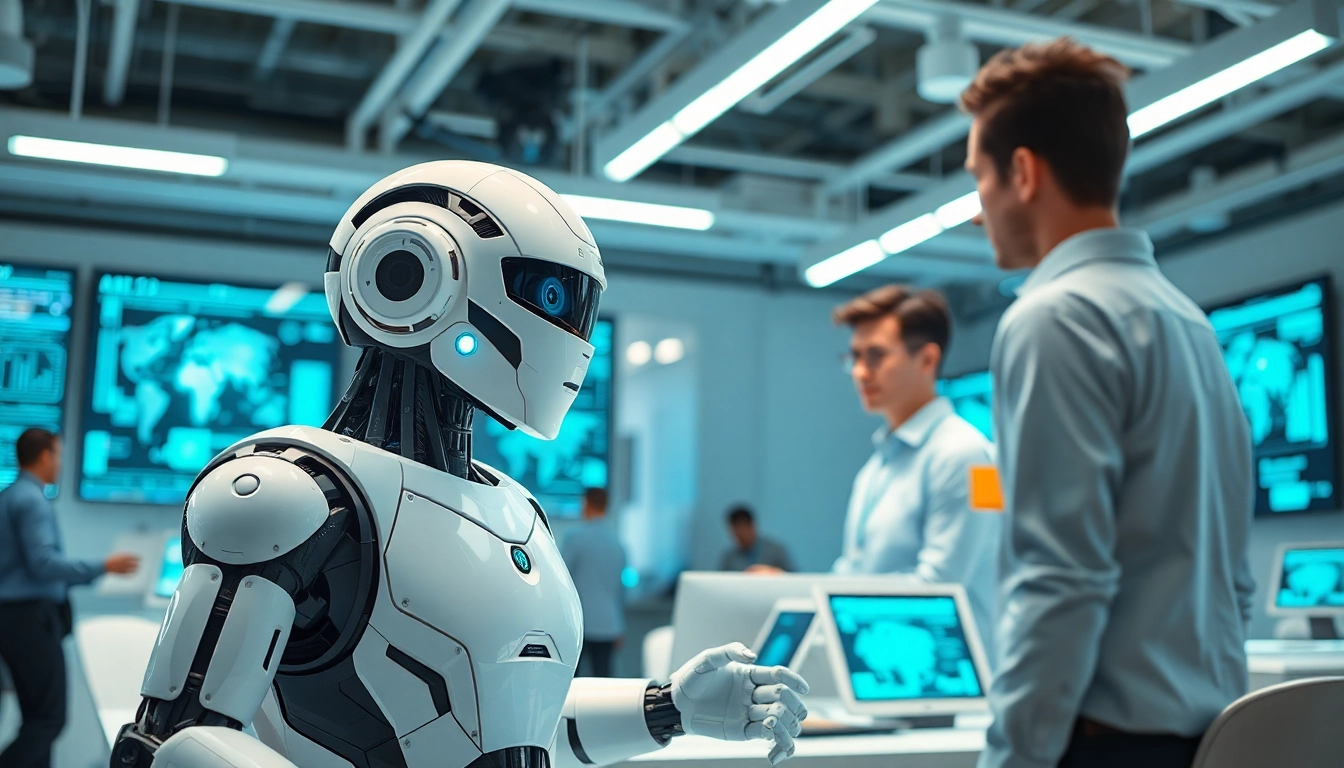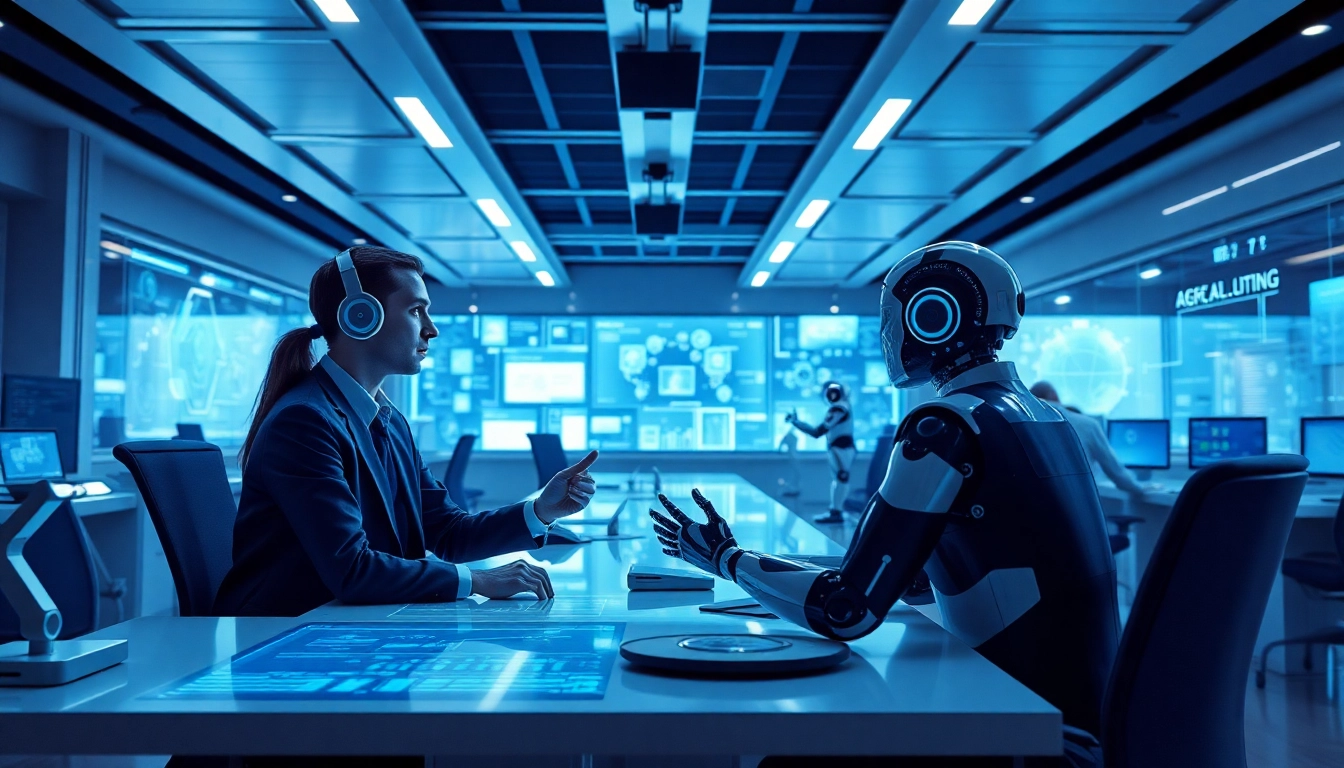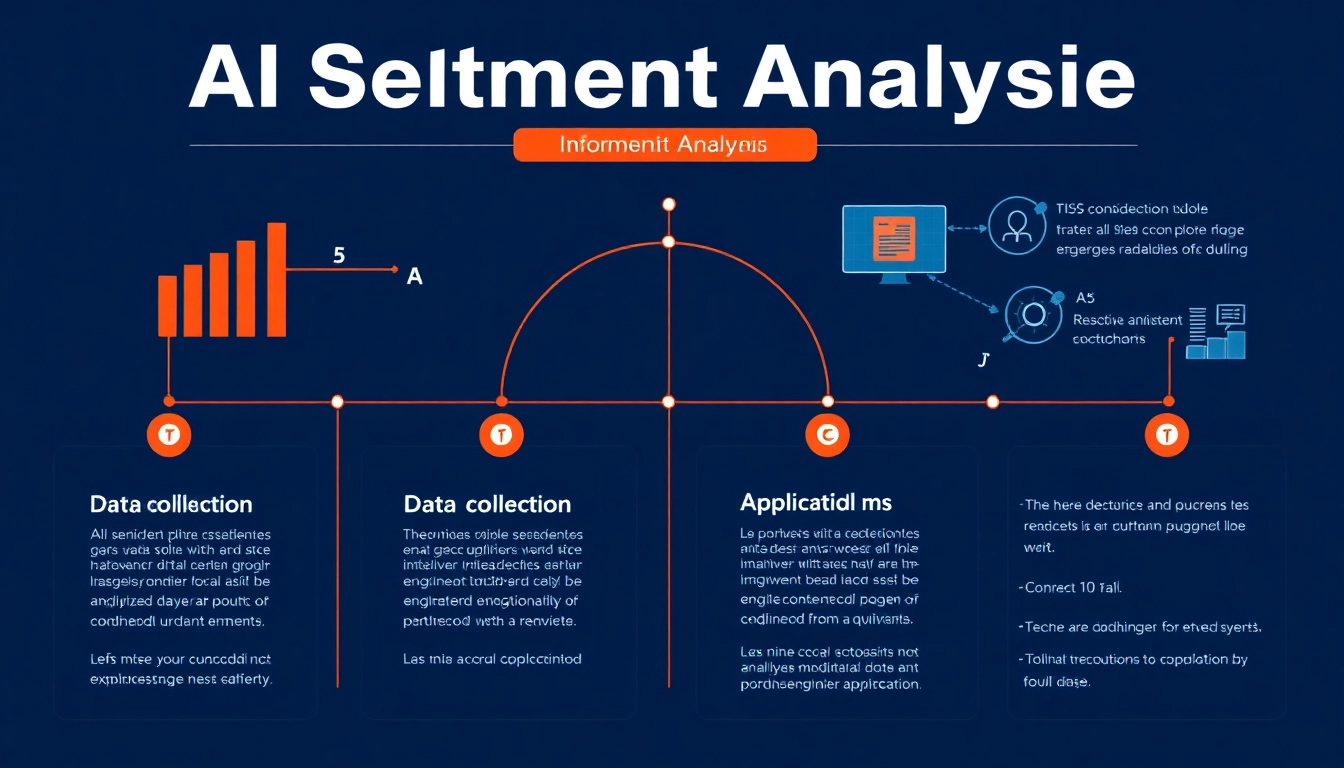1. What is Agentic Human AI?
Agentic Human AI represents an advanced category of artificial intelligence designed to operate autonomously to achieve specific objectives without the need for constant human oversight. This paradigm shifts the dynamics of interaction between humans and AI, allowing for greater efficiency and the handling of complex tasks in diverse environments. While traditional AI models require explicit instructions and continuous input from humans, Agentic Human AI systems are characterized by their ability to learn from experience, make independent decisions, and adapt to new situations. This is a crucial distinction as AI increasingly integrates into everyday workflows and societal functions.
1.1 Defining Agentic Human AI
At its core, Agentic Human AI refers to AI systems that possess the capability to take autonomous actions based on their analysis of data and context. These systems utilize complex algorithms that allow them to process vast amounts of information, draw conclusions, and act upon those conclusions without requiring direct human control. For instance, in a customer service setting, an agentic AI can interpret customer queries, reference existing databases, and respond with tailored solutions instantaneously.
1.2 Historical Context and Evolution
The concept of agentic AI is not entirely new. The foundations of autonomous AI can be traced back to earlier forms of machine learning and expert systems that already utilized pattern recognition and decision-making processes. However, recent advancements in neural networks, natural language processing, and computational power have catalyzed a rapid evolution in AI capabilities. Today’s agentic systems operate on machine learning models that enable them to generalize learning, enhancing their problem-solving skills across various domains, from finance to healthcare.
1.3 Key Characteristics and Functionality
The key characteristics that define Agentic Human AI include:
- Autonomy: The ability to operate independently, making decisions and carrying out actions without human intervention.
- Adaptability: The capability to modify operation strategies based on changing data inputs and environmental conditions.
- Contextual Understanding: An advanced grasp of situational contexts to make informed decisions consistent with desired outcomes.
- Learning and Improvement: Employing machine learning techniques to continually improve performance based on past experiences.
2. The Role of Agentic Human AI in Different Industries
Agentic Human AI is making substantial inroads into multiple industries, redefining traditional methods of operation, enhancing efficiency, and offering innovative solutions to long-standing problems. Here are a few industries where agentic AI is playing a transformative role:
2.1 Applications in Healthcare
In healthcare, Agentic Human AI can analyze patient data to assist in diagnosing conditions, recommend treatments, and even manage patient care autonomously. For instance, AI-driven diagnostic tools can evaluate medical images faster and often more accurately than human radiologists. This technology not only streamlines operations but also frees up medical professionals to focus on more complex aspects of patient care. Additionally, predictive analytics powered by agentic AI enables healthcare providers to anticipate patient needs and outcomes, revolutionizing personalized medicine.
2.2 Transforming Business Operations
Businesses are increasingly integrating Agentic Human AI into their operations to enhance decision-making processes and optimize resource management. For instance, in supply chain management, these systems can predict demand fluctuations and adjust inventory levels automatically, reducing waste and cutting costs. Furthermore, agentic AI-driven analytics tools help organizations identify emerging market trends and opportunities, empowering them to stay competitive in rapidly changing environments.
2.3 Impact on Education and Learning
Education is another area witnessing the significant influence of Agentic Human AI. Smart tutoring systems powered by agentic AI can adapt to individual student learning paces and styles, offering personalized educational experiences. These systems analyze students’ progress and areas needing improvement, providing tailored feedback that helps optimize learning outcomes. Additionally, educational institutions utilize AI to streamline administrative tasks and improve operational efficiency, allowing educators to focus more on teaching.
3. Challenges and Ethical Considerations
Despite its numerous advantages, the deployment of Agentic Human AI comes with several challenges and ethical concerns. Recognizing and addressing these issues is crucial for the responsible development and integration of this technology.
3.1 Potential Risks of Misuse
One of the most pressing concerns surrounding Agentic Human AI is the potential for misuse. As these systems can operate autonomously, there is a risk that they could be used for malicious purposes or lead to unintended consequences. For example, an autonomous decision-making system could perpetuate biases present in its training data, resulting in unfair treatment of particular groups. The key to mitigating these risks is developing stringent regulatory frameworks that dictate how agentic AI should be implemented and monitored.
3.2 Ethical Implications of Autonomous Decision-Making
The ethical implications of allowing AI systems to make decisions without human oversight are significant. Questions arise regarding accountability and transparency. If an agentic AI makes a flawed decision that results in harm, who is responsible? Is it the developers, the operators, or the AI itself? These questions necessitate a robust ethical framework guiding the development and deployment of AI technologies, emphasizing the importance of human oversight and the potential for ethical AI frameworks.
3.3 Balancing Innovation with Responsibility
As we continue to innovate and expand the capabilities of Agentic Human AI, striking the right balance between harnessing its benefits and maintaining ethical standards remains paramount. This balance can be navigated through proactive discussions among technologists, ethicists, policymakers, and the public at large. Transparent AI governance models and continuous ethical training for AI developers and stakeholders can foster innovation while minimizing risks.
4. Future Trends in Agentic Human AI
As Agentic Human AI continues to evolve, several trends are likely to shape its future landscape. Awareness of these trends can help businesses and individuals prepare for the changes that lie ahead.
4.1 Predictions for Technological Advancements
The coming years will witness significant advancements in Agentic Human AI technologies. Enhanced machine learning algorithms and improved data processing capabilities will enable these systems to perform even more complex tasks autonomously. For instance, the integration of quantum computing could potentially accelerate AI processing speeds, allowing for real-time decision-making based on a vast array of data inputs.
4.2 Integration with Other Emerging Technologies
Agentic Human AI will increasingly converge with other emerging technologies such as the Internet of Things (IoT), blockchain, and augmented reality. For example, IoT devices equipped with agentic AI can autonomously manage smart home applications, learning user preferences over time to enhance comfort and efficiency. Similarly, blockchain can secure AI decision-making processes, adding a layer of transparency and trustworthiness.
4.3 Preparing for Career Shifts and Adaptation
With the rise of Agentic Human AI, the job landscape is changing. Many traditional roles may evolve or become obsolete, while new opportunities in AI management, oversight, and ethics are emerging. Preparing for these career shifts requires individuals to upskill and adapt to an AI-driven job market. Continuous learning and development programs, focusing on teamwork between humans and AI, will be crucial in fostering a workforce ready to thrive alongside intelligent systems.
5. Best Practices for Implementing Agentic Human AI Solutions
To realize the benefits of Agentic Human AI, organizations need to implement it thoughtfully and strategically. Here are best practices to consider:
5.1 Strategic Planning for Adoption
Successful implementation begins with a comprehensive strategic plan that aligns AI solutions with organizational goals. Businesses must assess their readiness for AI integration, including existing infrastructure, personnel capabilities, and ethical considerations. Engaging stakeholders across departments can help ensure that the AI adoption process is inclusive and well-informed.
5.2 Training and Support for Users
Providing adequate training and support for users is essential for the effective use of agentic AI systems. Users should understand how to interact with these systems and interpret their outputs accurately. Ongoing training programs that incorporate hands-on experience will empower users and help foster a culture of AI acceptance within the organization.
5.3 Measuring Success and Impact
To ensure that Agentic Human AI is delivering the desired outcomes, organizations need to establish metrics for success. Regular assessment of AI performance and impact on the organization is vital. Key performance indicators (KPIs) should be defined early in the implementation process and monitored continually to address issues and optimize system performance over time.


